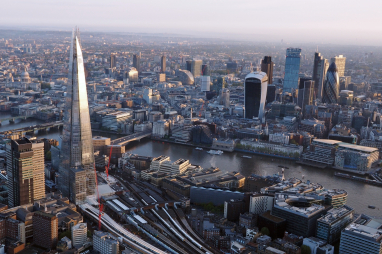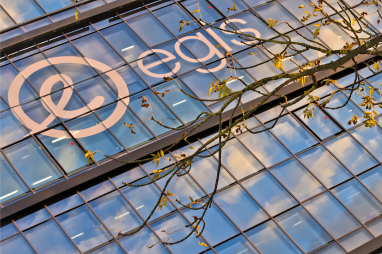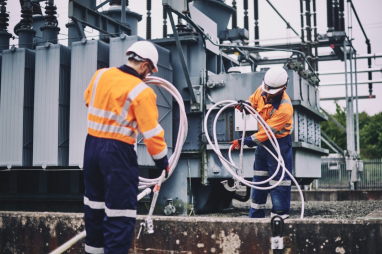- NikeCourt Air Zoom GP Turbo CK7513 - 101 Release Date - SBD - 101 CK7580 - nike hyperdunk olympic white gold black hair
- air jordan 6 carmine 2021 release date
- IetpShops - Is a Nike SB x Air Jordan 8 Retro BG Three - 142 Pine Green in the Pipeline Low PSG DZ4133 , 008 Release Date - Is a Nike SB x Air Jordan 4 Pine Green in the Pipeline - Peat 305368
- Украина #126535155 , Женские кроссовки nike jordan white black pink — цена 2549 грн в каталоге Кроссовки ✓ Купить женские вещи по доступной цене на Шафе , Air Jordan 2 Retro Low Gym Red x Jordan AJ 2 23 Wings T-Shirt
- nike factory outlet online shopping
- air jordan 1 retro high og university blue 555088 134
- air jordan 1 mid chicago 2020 554724 173
- Travis Scott Air Jordan 1 High OG CD4487 100 Release Date Price
- air jordan 4 white tech grey black fire red ct8527 100 release date
- best nike basketball shoes
- Home
- News and analysis
- Info hubs
- Events
- Video
- Case Studies
- About us
- Magazine
- Advertising
Produced for the industry by the Association for Consultancy and Engineering
News
Next London Mayor urged to get radical on infrastructure funding

More radical and innovative ways of paying for infrastructure are needed from the next London Mayor, says the Institution of Civil Engineers in its new Manifesto for London Infrastructure published today. The ICE manifesto, which sets out 10 recommendations for the future Mayor and Assembly, urges all of the candidates for the Mayoral elections this May to commit to the current 2050 London Infrastructure Plan. But the ICE says a more radical approach will be necessary to find the £!.3trillion of infrastructure funding needed.
An updated version of the 2050 London Infrastructure Plan was published by the curent Mayor, Boris Johnson, in March last year. This set out intentions to develop a new hollistic approach towards planning and funding infrastructure. Business cases should be built with all stakeholders for areas that would benefit from economic uplift brought by new projects, as well as congested areas that benefit from relief injected by additional capacity, deputy Mayor for Transport Isabel Dedring told Infrastructure Intelligence. However, she also admitted that GLA management structures do not have the capacity needed to develop business cases for up to 50 separate areas of London in need of infrastructure investment.
The new London Mayor will be elected on 5 May this year. Whoever wins – Labour's Sadiq Khan and the Conservatives' Zac Goldsmith are the leading candidates – will already face the task of filling a £2.8billion hole in Transport for London's finances. TfL also has to find £1billion to account for the failed tube upgrade contract with Bombardier.
ICE says the long term projects London needs are beyond what government can afford. The ICE Manifesto calls for the ceation of an “Infrastructure Trust”, similar to a model proving successful in Chicago, to establish a range of innovative methods to fund and finance infrastructure. ICE also says control over vehicle taxes should be devolved to the GLA to be spent on road maintenance. It calls for a “complete review” of road user charges in London, to ascertain if and where further charging zones or tolls need to be implemented in the future.
From 2004-2014, £1.2billion in revenue was generated by the London Congestion Charge and invested back into the capital’s transport networks.
ICE London Director, Suzanne Moroney, said: “Tackling the core challenges of population growth and climate change, and retaining London’s position as a leading global city, requires long term commitment to its infrastructure. But this comes at a cost and £1.3trillion over the next 35 years is a significant and challenging target.
“Our industry, innovators and academics have a responsibility to help drive down costs through use of emerging technologies, but the next Mayor must also be innovative and radical when it comes to securing new funding sources. ”The Infrastructure Trust set up by the Mayor of Chicago, which issues bonds for the private sector to invest in, has paid for a $12million energy retrofit scheme for 60 buildings and is earmarked to fund a high speed rail link to O’Hare Airport. We must learn from and seek to replicate success stories like this.
ICE London’s 10 recommendations for London’s next Mayor and London Assembly:
•Commit to the London Infrastructure Plan 2050 and set out a clear prioritisation strategy within 6 months of entering City Hall.
•Support the Government’s final decision on the 2015 Airports Commission Report.
•Create a Regional Forum for authorities from London and the South East to discuss key infrastructure issues.
•Develop a “London Resilience Plan 2050” mapping out how the capital will adapt to long term climate changes and environmental disasters.
•Improve energy efficiency and increase local energy generation.
•Expand STEM in the London Curriculum and the London Schools Excellence Fund.
•Launch a skills campaign to increase the number of qualified civil engineers in London.
•Focus Transport for London’s investment to unlock areas for housing, jobs and investment in the Capital.
•Harness different funding and finance methods to pay for London’s infrastructure.
•Review Road User Charges with the revenue generated





